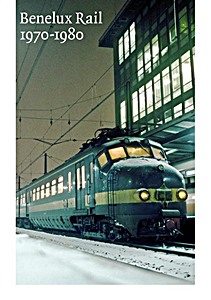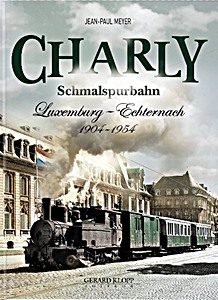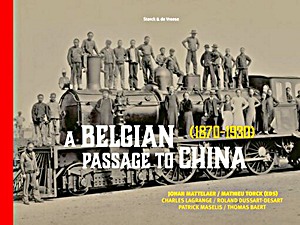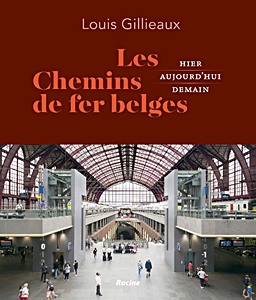Benelux Railways
The Netherlands, Belgium and Luxembourg each have their own railway systems, which are closely connected across the region. All three countries provide regular passenger services, usually every hour or more often, both domestically and across borders.
In the Netherlands, Nederlandse Spoorwegen operates most services, supported by companies such as Arriva and Syntus on several local routes.
In Belgium, all passenger services are run by NMBS/SNCB, serving both the Flemish and Walloon regions. Luxembourg's CFL operates an extensive network with frequent national services and numerous international connections, including links with Germany and France.
John Law has visited the railways of this region since the early 1970s and has travelled on almost all lines open to passenger traffic. Over the decades, he has photographed the many changes and has built an extensive collection. This book presents a selection of his most notable images.
Product details
| Author: | John Law |
|---|---|
| Details: | 96 pages, 9.25 x 6.5 x 0.43 in (23.5 x 16.5 x 1.1 cm), paperback |
| Illustrations: | 180 b&w and color photos |
| Publisher: | Amberley Publishing (GB, 2017) |
| ISBN: | 9781445668123 |

Benelux Railways
Language: English
Available on Amazon - safe payment and fast delivery
Buy on Amazon.comBuy on Amazon UK
Buy on Amazon CA







